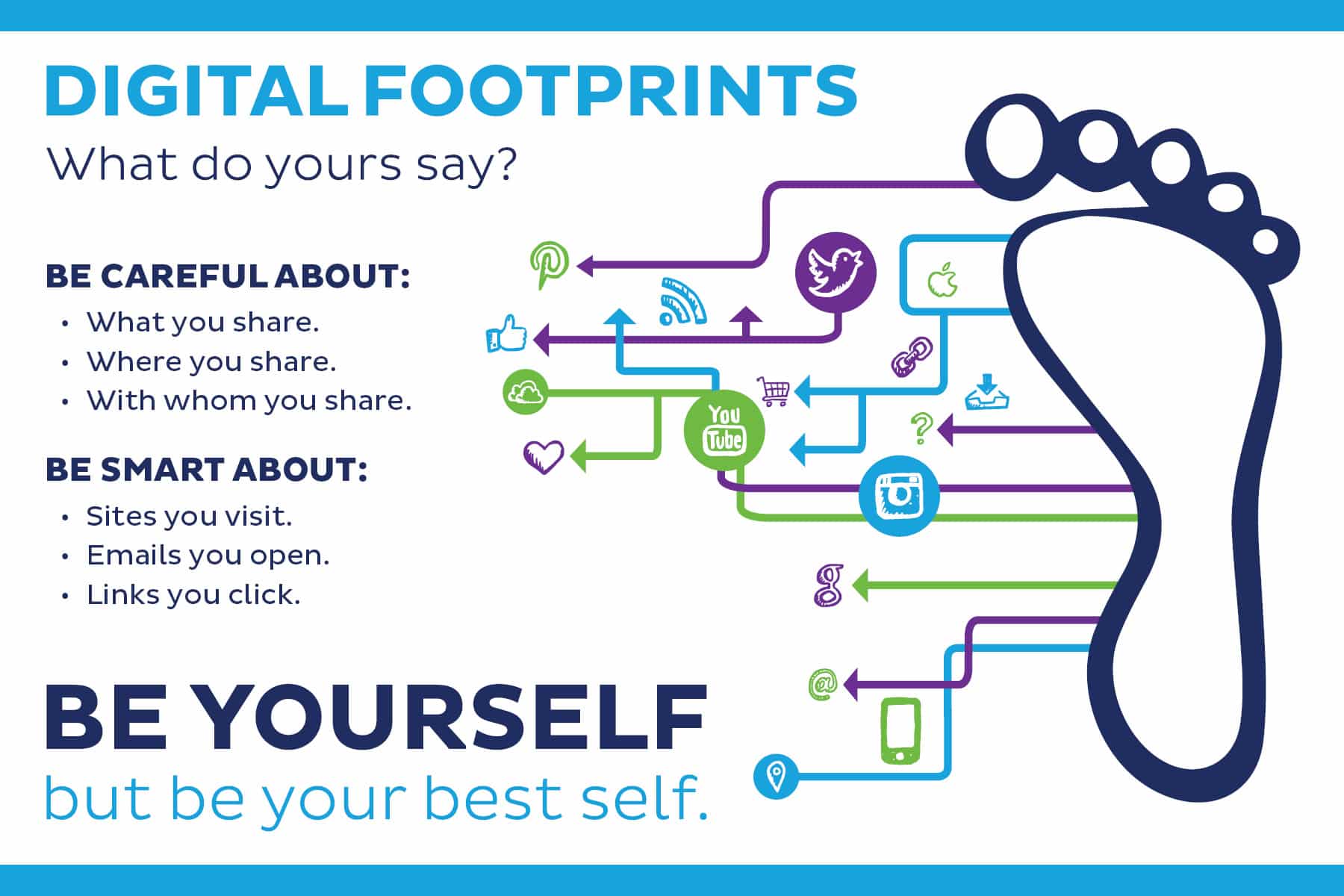Introduction
Footprinting is a critical initial phase in the process of information gathering, aimed at discovering and mapping the digital footprint of a target entity. It involves collecting various data points and network-related information about a target, which can be individuals, organizations, or even entire systems. Footprinting lays the foundation for further reconnaissance and potential security assessments, making it an indispensable step for ethical hackers, security analysts, and businesses seeking to protect their digital assets.
The Origins of Footprinting
The concept of Footprinting can be traced back to the early days of computing and networking when cybersecurity concerns began to emerge. However, it was during the rise of the internet in the late 20th century that Footprinting became more prominent. The first mention of Footprinting in the context of cybersecurity can be found in early cybersecurity literature and research papers that discussed the importance of understanding a target’s digital presence before launching an attack or assessment.
Exploring Footprinting in Detail
Footprinting goes beyond simple web scraping or data collection; it involves a comprehensive approach to gather information. The process entails both passive and active techniques to gain insight into the target’s online infrastructure, system architecture, and potential vulnerabilities. Here are some key activities involved in Footprinting:
Passive Footprinting: Involves collecting information without directly interacting with the target. This includes gathering data from public sources, search engines, social media, and WHOIS databases.
Active Footprinting: Entails engaging with the target’s systems directly to obtain information. Techniques such as port scanning, network scanning, and banner grabbing fall under this category.

The Internal Structure of Footprinting
To understand how Footprinting works, it’s crucial to grasp the underlying process flow. Typically, the Footprinting process consists of the following steps:
Information Gathering: As the initial phase, this step involves using passive techniques like search engines, public databases, and social media to identify potential targets and gather preliminary information.
Network Scanning: Active techniques like port scanning and network scanning are employed to identify open ports, services, and devices connected to the target network.
Vulnerability Scanning: This step involves using specialized tools to detect potential vulnerabilities within the target’s network or systems.
Data Analysis: Information collected through various Footprinting techniques is analyzed to identify potential weaknesses or areas of interest.
Key Features of Footprinting
Footprinting offers several essential features that contribute to its importance in cybersecurity:
Proactive Approach: By identifying potential security loopholes and gathering critical information, Footprinting helps organizations take preventive measures before an actual attack occurs.
Risk Assessment: Footprinting aids in understanding the level of risk an organization faces concerning its online presence and infrastructure.
Competitive Intelligence: Businesses can use Footprinting to gather information about their competitors, their digital strategies, and potential vulnerabilities they may have.
Ethical Hacking: Ethical hackers use Footprinting as the first step in their penetration testing process to identify potential entry points.
Types of Footprinting
Footprinting techniques can be categorized based on their nature and scope. Below is a list of common Footprinting types:
| Type of Footprinting | Description |
|---|---|
| Passive Footprinting | Involves collecting information without direct interaction. |
| Active Footprinting | Involves direct interaction with the target’s systems. |
| Internet Footprinting | Focused on gathering data from public internet sources. |
| Physical Footprinting | Involves physically visiting the target’s location. |
| Competitive Intelligence | Aims to gather information about competitors. |
Ways to Use Footprinting and Associated Challenges
Footprinting serves various purposes across different industries, but it also comes with its set of challenges:
Security Assessments: Organizations use Footprinting to assess their own security posture and identify potential vulnerabilities.
Competitive Analysis: Businesses leverage Footprinting to gain insights into their competitors’ strategies and online presence.
Cyber Investigations: Law enforcement agencies employ Footprinting techniques to gather evidence during cybercrime investigations.
However, there are challenges such as ensuring data privacy compliance, dealing with rapidly changing digital footprints, and distinguishing between legitimate Footprinting activities and malicious ones.
Main Characteristics and Comparisons
Here’s a comparison of Footprinting with other related terms:
| Term | Description |
|---|---|
| Footprinting | Information gathering process to understand a target’s digital footprint. |
| Scanning | Actively probing a target’s network for open ports and services. |
| Enumeration | Extracting information about system resources and users on a network. |
| Reconnaissance | Broad phase involving Footprinting, scanning, enumeration, and vulnerability assessment. |
Perspectives and Future Technologies
As technology continues to advance, Footprinting is expected to evolve as well. Some future perspectives and potential technologies related to Footprinting include:
AI and Machine Learning: Utilizing AI-driven algorithms to automate and enhance Footprinting processes for more efficient information gathering.
IoT Footprinting: With the increasing proliferation of Internet of Things (IoT) devices, Footprinting techniques may adapt to assess IoT network security.
Big Data Analytics: Leveraging big data techniques to process and analyze vast amounts of information collected during Footprinting.
Proxy Servers and Footprinting
Proxy servers play a crucial role in Footprinting as they provide a layer of anonymity for the attackers or assessors. By routing Footprinting requests through proxy servers, it becomes more challenging to trace the origin of these requests back to the original source. For legitimate users, proxy servers can also be used to access geo-restricted information during the Footprinting process.
Related Links
For further information on Footprinting and related topics, please refer to the following resources:
- National Institute of Standards and Technology (NIST) Special Publication 800-61 Rev. 2 – Computer Security Incident Handling Guide
- Footprinting Guide for Beginners – Hackercool Magazine
- Sans Institute’s Footprinting and Reconnaissance
In conclusion, Footprinting plays a vital role in cybersecurity and information gathering, providing the groundwork for subsequent security assessments and ethical hacking endeavors. As technology advances, Footprinting techniques will continue to evolve, making it crucial for organizations and individuals alike to stay vigilant and adapt to emerging threats in the digital landscape.




